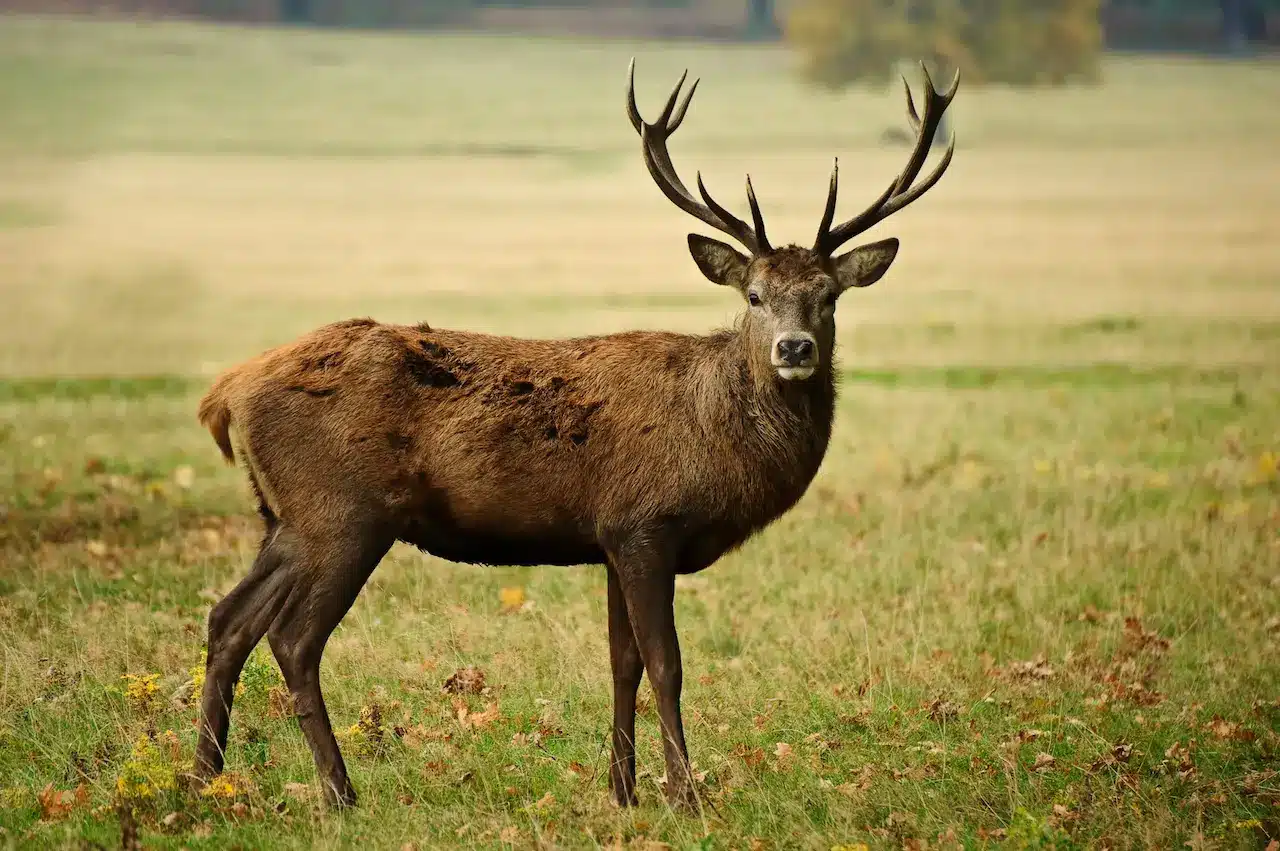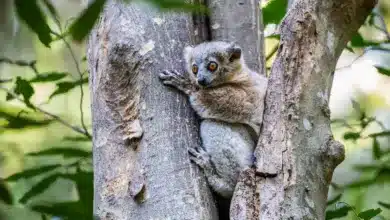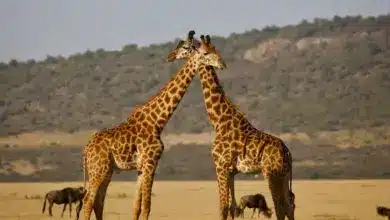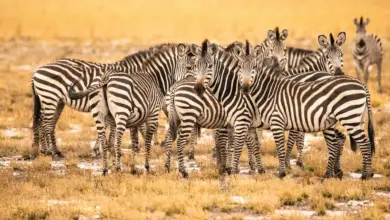How Plastic Pollution Affects Animals
Protecting Wildlife: How Plastic Pollution Affects Animals
Most people don’t understand how plastic pollution affects animals. Plastic pollution has emerged as one of the most pressing environmental issues of our time. As human activities continue to drive increased plastic production, wildlife around the globe faces mounting threats. From oceans teeming with debris to land ecosystems littered with waste, plastic’s impact on animals is profound and far-reaching. Understanding how plastic pollution disrupts natural habitats is really important for developing effective conservation strategies. This article delves into the various ways plastic pollution affects wildlife and highlights the urgent need for action.
The Scope of Plastic Pollution
Global plastic production has skyrocketed since the 1950s, with an estimated 368 million tons produced in 2019 alone. Unfortunately, the majority of these plastics are not biodegradable and can last for centuries in the environment. Every year, approximately 8 million tons of plastic enter the oceans, contributing to a staggering accumulation that poses significant risks to marine and terrestrial wildlife. The sheer volume of plastic pollution makes it difficult for wildlife to navigate their environments, leading to ingestion and entanglement in artificial debris.
Impact on Terrestrial Wildlife
Plastic pollution isn’t confined to oceans. It increasingly affects land-dwelling animals as well. Animals in forests and cities can encounter plastic waste, leading to similar consequences. Mammalian species like deer and raccoons are known to ingest plastic due to curiosity or the smell of food residues trapped in the packaging. This can lead to lethal outcomes as it restricts their digestive capabilities. Landfills overflowing with plastic waste attract scavengers, which can inadvertently contribute to entanglements and injuries similar to those seen in marine environments.

Habitat Destruction and Ecosystem Disruption
The introduction of plastics into various ecosystems can result in habitat destruction. Plastic bags and other debris can smother coral reefs, disrupting marine ecosystems where countless species thrive. This erosion of biodiversity impacts individual species and the health of the ecosystem in general. Studies have indicated that organisms exposed to plastic debris may exhibit altered behavior, which can interfere with mating processes, feeding patterns, and predator-prey interactions. The long-term effects of these shifts threaten the viability of many species and contribute to a downward spiral of ecological balance.
Environmental Impact of Pollution
Plastic pollution has become one of the most pressing environmental challenges of our time, demanding immediate global attention and action. As scientists outline the far-reaching effects of plastic pollution on the environment, the urgency of finding solutions becomes increasingly clear. The accumulation of plastics not only endangers individual species but disrupts ecosystem interactions and degrades habitat quality, generally speaking. Each step in the lifecycle of plastic, from production to disposal, carries implications that extend far beyond immediate surroundings. Pollution in bodies of water leads to harmful algal blooms that release toxins, affecting both terrestrial and aquatic life. Consequently, the continuous cycle of pollution diminishes our planet’s resilience against environmental challenges.
Ingestion of Plastic by Marine Life
Numerous studies have documented the ingestion of plastic by marine species, ranging from tiny plankton to large whales. Many research studies are suggesting that a vast majority, even up to 90% of sea birds and numerous fish species, have ingested plastic. The materials can block digestive tracts, leading to malnutrition and starvation. Ingested plastic can also pass hazardous chemicals into the animals’ systems, harming reproductive and immune functions. As larger predators consume prey containing microplastics, the issue compounds through the food chain, ultimately affecting even humans who might consume these animals.
Entanglement and Physical Harm
Entanglement in plastic waste is a serious threat that affects numerous marine species, including turtles, seals, and seabirds. According to the World Wildlife Fund, over 100,000 marine animals die each year due to entanglement in discarded fishing gear, plastic bags, and six-pack rings. This entanglement can lead to severe injuries, impair movement, and even result in drowning. Seabirds, for instance, can become entangled in fishing lines, tethering them to a fixed spot, which eventually leads to death. Entangled marine mammals often struggle to surface for air, and the longer they remain ensnared, the more dire their conditions become.
Legislative Action and Community Involvement
The growing recognition of plastic pollution’s impacts has spurred legislative efforts worldwide. Countries and cities are enacting bans on single-use plastics, implementing recycling initiatives, and promoting alternatives to plastic packaging. The European Union’s ban on single-use plastic items, including straws and cutlery, serves as a pivotal step towards reducing dependency on these materials. Governmental approaches need to be complemented by grassroots initiatives, where local communities actively engage in clean-up campaigns and conservation efforts. Public awareness and education play crucial roles in combating plastic pollution, empowering individuals to make informed choices.
Innovative Solutions for Reducing Plastic Waste
In addition to governmental regulations, innovative solutions are emerging to tackle plastic pollution creatively. Many companies are developing biodegradable packaging materials that minimize environmental impact. Startups focused on upcycling plastic waste into reusable products are gaining traction, enhancing both recycling efforts and reducing the amount of waste that reaches landfills and oceans. These solutions demonstrate the importance of inspiring collective action towards sustainability. By supporting brands that prioritize eco-friendly practices and environmentally conscious products, consumers can make a difference in mitigating plastic pollution.
The Role of Education in Conservation Efforts
Education is paramount in fostering an informed public and cultivating a conservation mindset. Schools and organizations are incorporating environmental education into their curricula, emphasizing the implications of plastic pollution. Strategies such as clean-up events and awareness campaigns provide hands-on opportunities for community members to understand the problem better. By encouraging individuals to share knowledge about plastic pollution and solutions, communities can build momentum for change that transcends geographical boundaries. Collaborative efforts foster innovation and resilience that are vital to protecting wildlife and preserving ecosystems for future generations.

As plastic pollution continues to threaten wildlife, understanding its impacts is crucial. From ingestion to entanglements and ecosystem disruptions, the consequences are profound. To safeguard our world’s biodiversity, we must take urgent action at both the individual and community levels. Collaborative solutions, spurred by education, innovative practices, and legislative efforts, can help pave the way for a healthier environment for all living beings.



